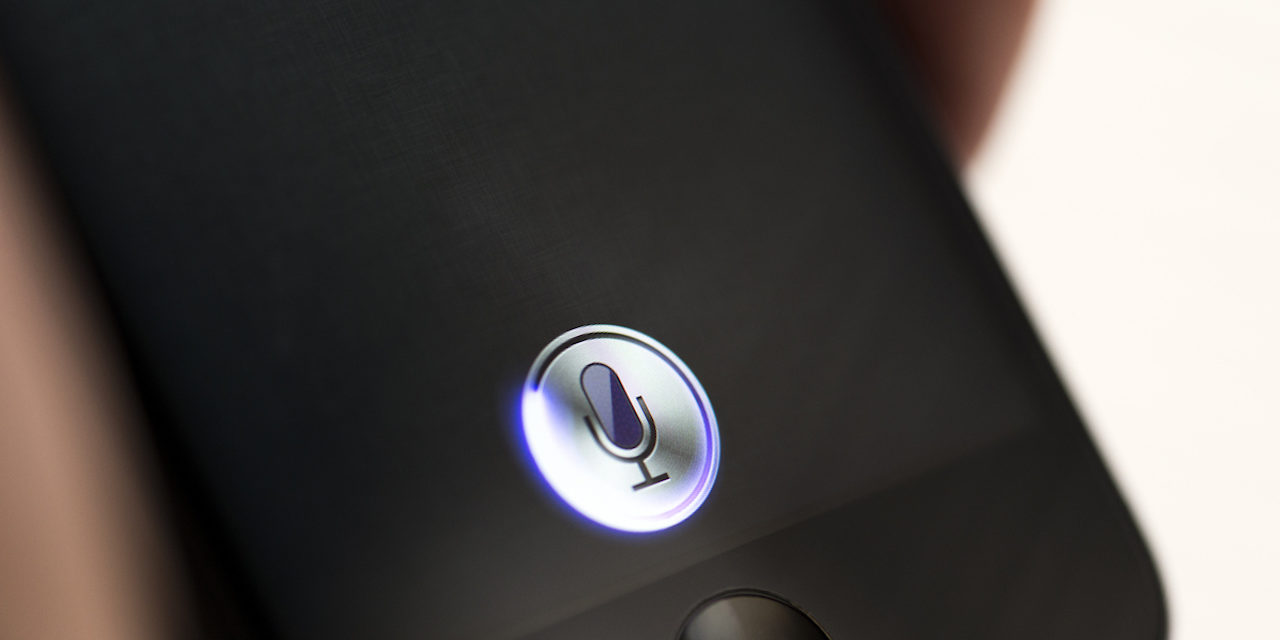Globally, the native digital assistant installed base is set to surpass the world’s population of 7 billion people within four years, says Ovum Research.
The relatively sudden emergence of connected intelligence and virtual digital assistants like Alexa, Siri, Cortana, and others appears to on the road to ubiquity: the native digital assistant installed base is set to exceed 7.5 billion active devices by 2021, which is more than the world population, according to a report by British consultancy Ovum.
The company estimates that Google Assistant will be lead the the voice-activated intelligent assistant device market with 23.3 percent market share. Google Assistant is expected to be followed by Samsung’s Bixby (14.5 percent), Apple’s Siri (13.1 percent), Amazon’s Alexa (3.9 percent), and Microsoft’s Cortana (2.3 percent.
Ovum’s view differs from other analysts’ projections about this burgeoning and fluid marketplace. In its outlook for the connected intelligence market in 2017, eMarketer projects that 35.6 million Americans will use a voice-activated assistant device at least once a month for sudden rise of 128.9 percent over last year.
At the moment, eMarketer has Amazon’s Echo device with a vast lead amounting to a 70.6 percent share of users in that space. Google Home, which only launched last October, will have to catch up as it has just 23.8 percent of the market.
Again, that number could change quickly as these devices are still just outside the mainstream of consumer usage, there are a number of smaller voice-activated device makers, including Lenovo, LG, Harmon Kardon, and Mattel, that are entering the game now.
So far, Parks Associates has noted that adoption of digital voice-activated assistants more than doubled in Q1 as 76 percent of consumers having used spoken commands to their connected device, the timing could hardly be better for Apple’s entry into the space currently commanded by Amazon and Google.
According to Forrester, 33 percent of U.S. online adults say they use intelligent agents like Google Now or Cortana, Forrester notes.
 Source: Ovum
Source: OvumOvum’s Digital Assistant and Voice AI–Capable Device Forecast: 2016–21 pins Google’s lead is based on the current fact that smartphones and tablets are the main avenue for voice activation.
There are currently 3.5 billion active devices in 2016, most of which use Google Now and Apple Siri.
“However, the use of artificial intelligence in conjunction with other devices greatly increases consumer engagement and is set to unlock new opportunities, particularly in the home,” Ovum’s report says. “Ovum expects an exponential uptake of voice AI capabilities among new devices, including wearable, smart home, and TV devices, with a combined installed base of 1.63 billion active devices in 2021, a tenfold increase on 2016. Despite all the hype that surrounds AI-capable connected speakers, TV devices (i.e. smart TVs, set-top boxes, and media streamers) offer a larger opportunity, accounting for 57 percent of that installed base in 2021.”
While the majority of the AI functions will be embedded on the network rather than in the device, “native vendor-led implementations will be critical” to gather the contextual and personal data that will feed the AI engines, Ovum says.
New tech products from Samsung and Google exemplify the role of AI.
As for looking to the 7.5 billion of intelligent assistants within four years, the challenge device makers face is scaling it globally and not just in industrialized nations.
At the end of 2016, over 95 percent of the installed base for Amazon’s Alexa and Google Assistant was in North America, compared to 24 percent for Apple’s Siri.
By 2021, 47.6 percent of voice AI–capable devices in use will be in Asia.
With an active installed base close to 1.2 billion devices in 2021, digital assistants of Chinese origin are set to be as powerful as Apple’s Siri or Samsung’s Bixby. They already accounted for close to 43 million devices in 2016, led by companies such as Baidu and iFlytek.
“Ultimately, a digital assistant is just another user interface. It will only be as good as the ecosystem of devices and services that it is compatible with. Partnerships between tech giants and local service providers will therefore be key differentiators” said Ronan de Renesse, Practice Leader for Ovum’s Consumer Technology team and author of the report

